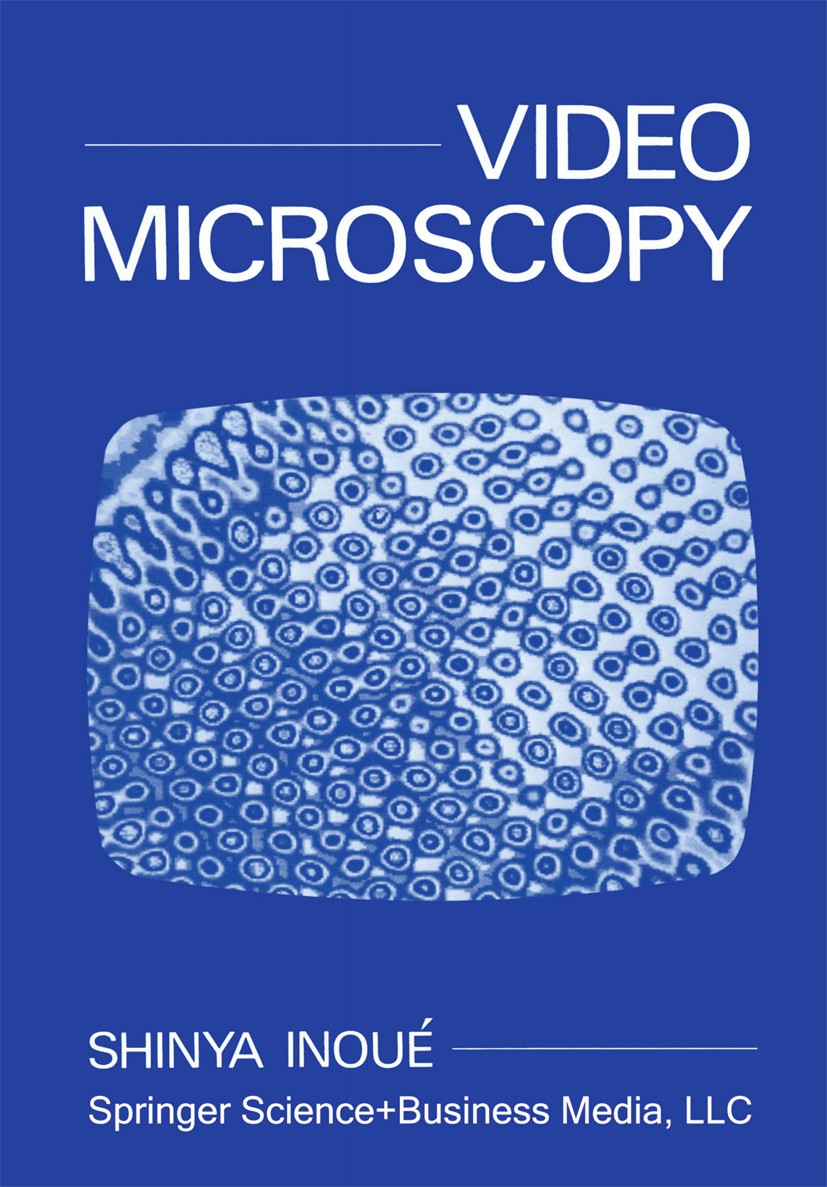| 书目名称 | Video Microscopy | | 编辑 | Shinya Inoué | | 视频video | http://file.papertrans.cn/983/982919/982919.mp4 | | 图书封面 |  | | 描述 | Ever since television became practical in the early 1950s, closed-circuit television (CCTV) in conjunction with the light microscope has provided large screen display, raised image contrast, and made the images formed by ultraviolet and infrared rays visible. With the introduction of large-scale integrated circuits in the last decade, TV equipment has improved by leaps and bounds, as has its application in microscopy. With modem CCTV, sometimes with the help of digital computers, we can distill the image from a scene that appears to be nothing but noise; capture fluorescence too dim to be seen; visualize structures far below the limit of resolution; crispen images hidden in fog; measure, count, and sort objects; and record in time-lapsed and high-speed sequences through the light microscope without great difficulty. In fact, video is becoming indispensable for harnessing the fullest capacity of the light microscope, a capacity that itself is much greater than could have been envisioned just a few years ago. The time seemed ripe then to review the basics of video, and of microscopy, and to examine how the two could best be combined to accomplish these tasks. The Marine Biological La | | 出版日期 | Book 1986 | | 关键词 | Laboratory; basics; biology; computer; fluorescence; integrated circuit; medicine; microscope; microscopy | | 版次 | 1 | | doi | https://doi.org/10.1007/978-1-4757-6925-8 | | isbn_softcover | 978-1-4757-6927-2 | | isbn_ebook | 978-1-4757-6925-8 | | copyright | Springer Science+Business Media New York 1986 |
The information of publication is updating

|
|
 |Archiver|手机版|小黑屋|
派博传思国际
( 京公网安备110108008328)
GMT+8, 2025-12-29 18:14
|Archiver|手机版|小黑屋|
派博传思国际
( 京公网安备110108008328)
GMT+8, 2025-12-29 18:14


